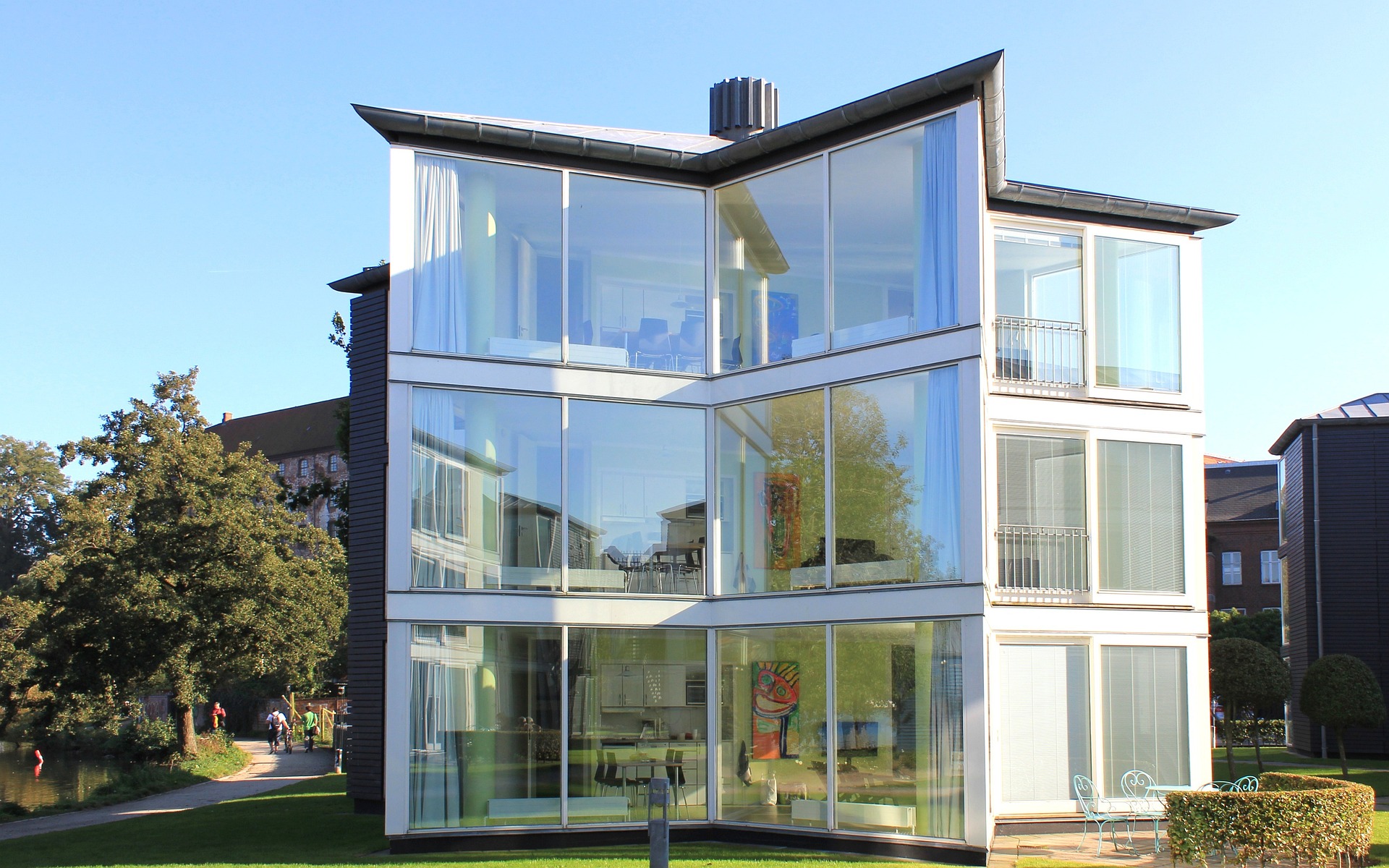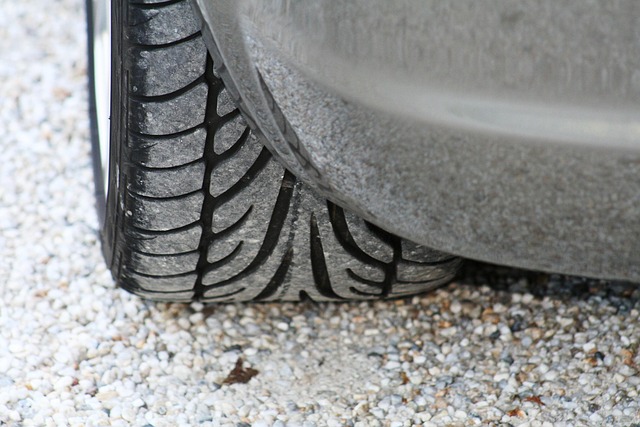Discover the Future of Living: Prefabricated Homes in 2025
The housing market is undergoing a significant transformation as prefabricated construction techniques evolve beyond their basic origins. Once dismissed as cookie-cutter, limited-design options, prefabricated homes are now at the forefront of housing innovation, particularly as we look toward 2025 and beyond. The combination of advanced manufacturing processes, sustainable materials, and integrated smart technology is creating a new generation of prefab homes that address both affordability challenges and modern lifestyle demands. Industry analysts project the global prefabricated housing market to reach $23.4 billion by 2025, representing a compound annual growth rate of 4.6% since 2020. This trajectory signals not just a temporary trend but a fundamental shift in how homes are conceptualized, built, and experienced.

The Evolution of Prefabricated Housing
Prefabricated housing has traveled a long way from its post-World War II roots when mass-produced homes addressed urgent housing shortages. Early prefab homes were often stigmatized as low-quality, temporary structures lacking architectural merit. However, today’s prefabricated homes bear little resemblance to these predecessors. Modern manufacturing techniques have elevated quality control standards to levels that often exceed traditional site-built construction. Computer-aided design and precision factory environments eliminate many of the variables that plague conventional building sites, such as weather delays and material inconsistencies.
By 2025, the prefabrication process will incorporate even more advanced technologies. Robotics and automation are streamlining production lines, while 3D modeling software allows for unprecedented customization without sacrificing efficiency. The result is homes that can be manufactured in weeks rather than months, with quality assurances that were previously impossible. Additionally, contemporary prefab homes feature architectural designs that challenge preconceptions, with sleek modern aesthetics, open floor plans, and customizable features that appeal to discerning homebuyers.
Technology Integration in Tomorrow’s Prefab Homes
The prefabricated homes of 2025 will be distinguished by their seamless technology integration from the factory floor to final installation. Smart home features are becoming standard rather than optional upgrades, with systems designed and installed during the manufacturing process rather than retrofitted afterward. This approach ensures more reliable performance and better integration with the home’s structural elements.
Advanced prefab models increasingly feature pre-installed energy management systems that monitor and optimize electricity usage. Integrated solar capabilities are being built into roof panels during fabrication, eliminating the need for post-construction installation. Centralized home automation hubs control everything from lighting and security to climate and entertainment systems, all accessible through smartphone apps or voice commands. Perhaps most significantly, these prefabricated smart homes arrive on-site with their technology systems pre-tested and ready to activate, reducing the complexity that often comes with smart home setup.
Sustainability Meets Affordability
Environmental consciousness is a driving force in the evolution of prefabricated housing for 2025. The factory construction process inherently generates less waste than traditional building methods—typically 30-40% less according to industry studies. This efficiency translates to both cost savings and reduced environmental impact. Materials are precisely measured and cut, excess is immediately recycled, and the controlled indoor setting prevents weather damage and material deterioration.
Prefab manufacturers are increasingly adopting circular economy principles, selecting renewable or recyclable materials that reduce the home’s lifetime carbon footprint. Advanced insulation techniques and energy-efficient systems are seamlessly integrated during construction, resulting in homes that meet or exceed stringent energy codes. Some manufacturers are even developing carbon-negative homes that sequester more carbon in their materials than was emitted during their production. The environmental benefits extend beyond the home itself to the reduced site impact during installation, with minimal disruption to surrounding ecosystems and dramatically shortened construction timelines.
Market Dynamics and Investment Potential
The economics of prefabricated housing continue to improve as the industry matures and scales. While upfront costs can sometimes approach those of traditional construction, the value proposition becomes clearer when considering total ownership costs. Reduced construction time translates to faster occupancy and lower financing costs during the building phase. The precision of factory construction typically results in lower maintenance costs over time, and the inherent energy efficiency generates ongoing utility savings.
By 2025, financial institutions are expected to offer specialized mortgage products for prefabricated homes, recognizing their durability and value retention. Investment opportunities are emerging in prefab housing developments that combine the efficiency of mass production with thoughtfully designed communities. For investors, the scalability of prefabricated construction offers potential for consistent returns without the unpredictability that often plagues conventional development projects. The rapid deployment capability also allows developers to respond more nimbly to market demands, adjusting production volumes based on real-time data rather than committing to years-long conventional building cycles.
Customization and Adaptability Features
Perhaps the most significant evolution in prefabricated housing is the shift from standardization to customization. Early prefab homes offered limited design options, but today’s models—and especially those being developed for 2025—provide extensive customization within a systematized framework. Manufacturers have developed modular components that can be configured in numerous ways while maintaining the efficiency benefits of prefabrication.
Homes are being designed with adaptability built in from the start. Modular wall systems allow for future reconfiguration as family needs change. Expandable designs accommodate additions without major reconstruction. Some prefab manufacturers are even developing subscription-based upgrade programs where homeowners can periodically refresh technology systems or interior finishes. This adaptability extends the functional lifespan of the home and increases its resale value by ensuring it remains current with evolving lifestyle needs and technological standards.
Regulatory Landscape and Market Adoption
The regulatory environment surrounding prefabricated housing continues to evolve, with more jurisdictions updating building codes to accommodate factory-built structures. By 2025, we expect to see further standardization of approval processes across different regions, removing a significant barrier to wider adoption. Many municipalities are recognizing the potential of prefabricated housing to address housing shortages and affordability challenges, creating expedited permitting processes specifically for qualified prefab projects.
Consumer perception is shifting as well, with younger homebuyers particularly open to alternative construction methods. The combination of environmental benefits, technology integration, and design quality is attracting demographics who might previously have dismissed prefabricated options. Real estate professionals are developing specialized knowledge about prefab housing, helping bridge the information gap for potential buyers. As these trends converge, prefabricated housing is positioned to move from an alternative option to a mainstream choice in residential construction by 2025.
The Future Beyond 2025
Looking further ahead, prefabricated housing is likely to continue evolving in response to changing societal needs and technological capabilities. The lessons learned from mass-producing high-quality housing will influence other construction sectors, potentially transforming commercial and institutional building practices. The data gathered from smart prefabricated homes will inform the next generation of designs, creating a feedback loop of continuous improvement.
The prefabricated housing sector is also positioned to address urgent housing needs resulting from climate change and population shifts. The ability to rapidly deploy quality housing will become increasingly valuable as communities face rebuilding after natural disasters or accommodating migration patterns. The resilience engineered into modern prefab designs—including enhanced structural integrity and self-sufficient energy systems—makes them particularly well-suited for uncertain future conditions.




